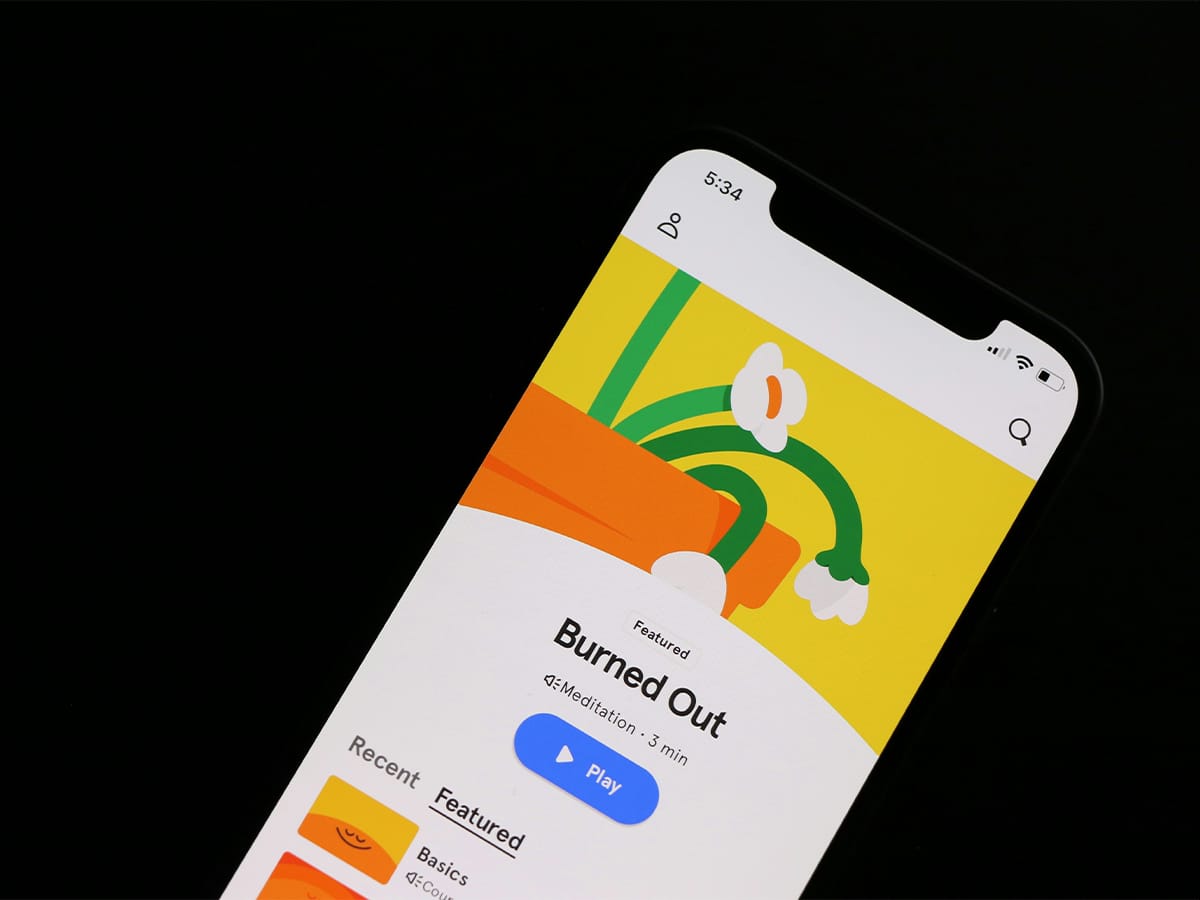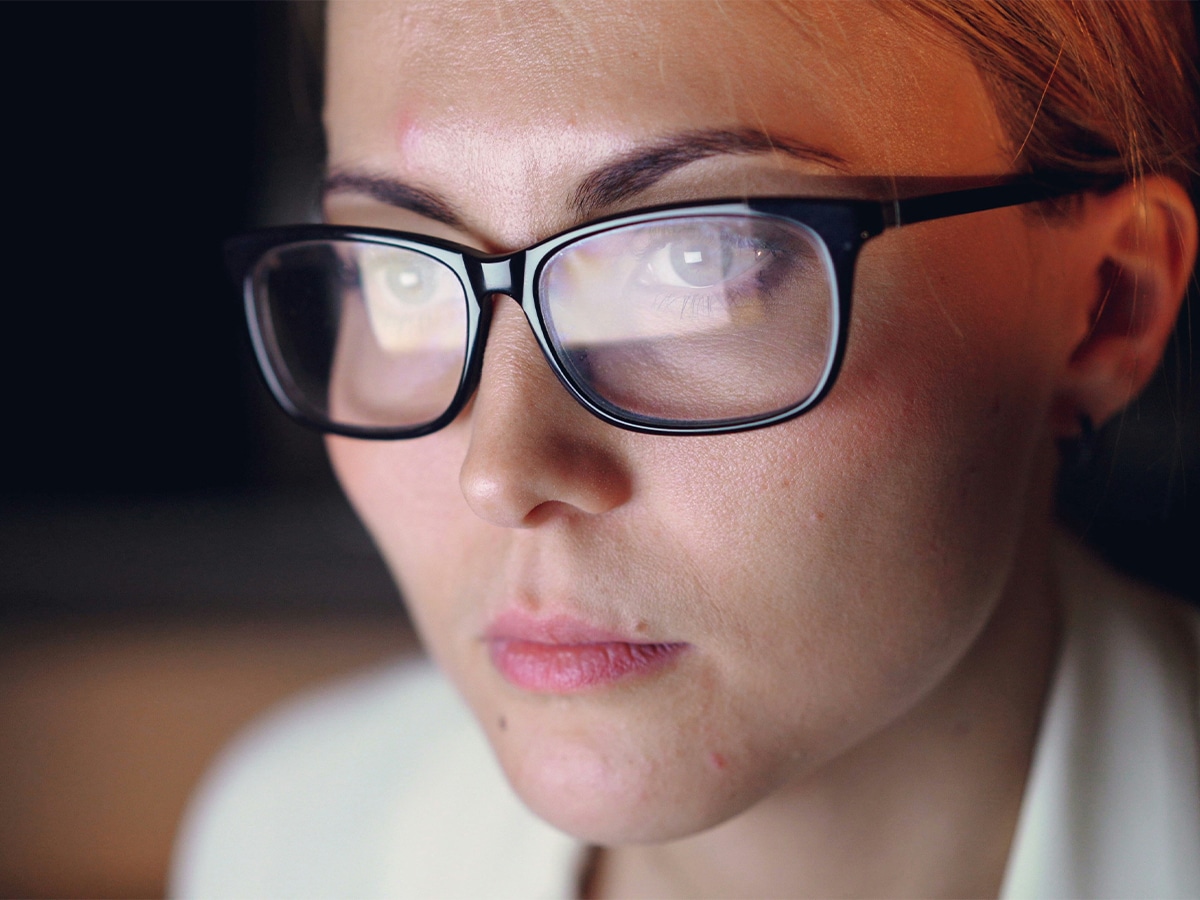
Published: Last Updated:
Readtime: 8 min
Every product is carefully selected by our editors and experts. If you buy from a link, we may earn a commission. Learn more. For more information on how we test products, click here.
You tell yourself you’re fine. You’re just tired, a bit stressed, maybe working longer hours than usual. You’ll rest properly when things ease up, but they never really do. You start feeling flat, unmotivated, and restless. Even when you try to relax, your mind keeps looping back to work. That slow, steady drain is what’s known as burnout – and it’s more common than most men think.
In fact, recent data from Beyond Blue reveals 1 in 2 Aussies are facing work burnout, and it most commonly affects younger Aussies. So, if you’ve caught yourself wondering “am I burnt out?” – especially as the year winds down and everything starts to blur together – here’s how to tell, and what you can do about it.

What is Burnout?
The World Health Organization (WHO) defines burnout as a syndrome caused by chronic workplace stress that hasn’t been successfully managed. It’s marked by three things:
- Exhaustion
- Cynicism and detachment from work
- Reduced performance
You’re not being weak or unmotivated – it’s physically and mentally what happens when your mind and body have been running at full tilt for too long without proper recovery.
Clinical psychologist Gene Efron told Man of Many that burnout often hides behind what we think is normal stress. “Common signs would be stress, irritability, frustration, low motivation, and low mood,” he explains. “Physically, you might notice poor sleep or low energy. Cognitively, it can show up as constantly thinking about work, even when you’re not there.”
Am I Burnt Out? The Subtle Signs You’re Burning Out
You might still be getting through your day, ticking off tasks and answering emails, but it feels heavier than it used to. You’re less patient, less focused, and less interested in things that once gave you energy.
Efron says anxiety and low mood are common, as well as that constant sense of being “switched on,” even when you’re not physically at work. It’s not always easy to spot the point where pressure turns into burnout, which is why it often slips past unnoticed until you’re running on empty.
How Common is Burnout?
Sadly, burnout isn’t rare. It’s actually the norm for many Australians, with 50% of Aussies experiencing burnout at some point. The numbers are clear: those aged 18 to 29 reported the highest rates of burnout, often driven by an inappropriate workload (38%), lack of management support (25%), and inflexible working conditions (24%), according to 2025 data from Beyond Blue
Beyond Blue CEO Georgie Harman AO said in a media release that the findings reflect the pressure younger Australians are under. “High rates of burnout sit in the wider context of constant change, disruption and uncertainty.”
And, data shows nearly half of those who experience burnout never seek professional support. But, as Harman reminds us, burnout isn’t a personal flaw, and seeking help isn’t a weakness.
“Burnout is never a personal failing,” she said. “It’s the result of someone facing too many demands, for too long, without enough support. It’s a process of someone being worn down to the point they shut down.”
Harman stressed the importance of acting early. “It’s never too late to reach out for support, but it’s better to address stress before it reaches the point of burnout,” she said.

Burnout vs. Depression
The overlap between burnout and depression can be confusing, and Efron says that’s part of why people underestimate it. “The main difference is that depression tends to traverse more commonly into multiple domains of life,” he says. “You’d be carrying that low mood and low motivation from work into your social life, your family life, even your leisure time.”
Burnout, by contrast, tends to stay connected to work. You might be disengaged from your job but still enjoy a run, a surf, or a night out with friends. “People can experience low motivation in other areas, but they might also not,” Efron explains. “They might still get a lot of pleasure out of doing regular activities outside of work.”
That distinction is important because it means burnout can be addressed before it spreads further. When exhaustion is tied specifically to your job or daily routine, recovery starts with rebalancing how you spend your time.
What Actually Causes Burnout?
It’s easy to assume burnout only happens when you’re overworked, but Efron says that’s not the full picture. “Think about the activities that you’re actually not doing,” he says. “If you’re spending most of your time thinking about or doing work, but not engaging in activities that give you pleasure, joy, and achievement, that can contribute to burnout.”
He gives an example that may sound familiar. “Let’s say you’re an accountant who really loves exercise and comedy,” he says. “If you’re working a lot, but you’re not doing those activities and you’re wondering why you’re exhausted, that could be why.”
You can be working standard hours and still feel burnt out if your life outside work has no space for recovery. It’s the lack of contrast that drains you. When every part of your week feels like output, you eventually run out of input.
How Long Does Recovery from Burnout Take?
People often want a timeline, but there isn’t one. “How long is a piece of string?” Efron says. “There’s no set time. Everyone is different, and it’s not linear. People have better days and worse days.”
Burnout recovery doesn’t follow a straight path because it’s less about eliminating stress and more about changing habits. “It’s about using the tools you have to improve your circumstances,” he says. “You might have moments where you feel completely drained, and others where you’re doing okay. That’s normal.”

How to Start Rebuilding After Burnout
According to Efron, the key to recovery is reconnecting with habits that give you a sense of pleasure, achievement, and joy, and making sure those activities feel different to work. “If you sit at a desk all day, move around and get oxygen,” he says. “If you’re on your feet all day, maybe take time to read a book.”
It doesn’t need to be complicated. “You can also incorporate it at a specific time of the day,” he says. “For example, always reading on the tram on the way to work. That kind of structure helps you stick with it.”
He also stresses the importance of taking small, consistent breaks. “Rather than working for eight hours and only getting up at the end of the day, try walking around during the day,” he says. It’s about creating space to breathe, mentally and physically, before you hit a wall.
If burnout has already started to affect your performance or motivation, talk to your employer if you can. Some workplaces have support programs or may be able to adjust your workload in the short term. But just as importantly, take ownership of what you can change yourself. Build routines that support recovery, protect your boundaries, and give yourself permission to slow down when you need to. You might not be able to control everything about your job, but you can take control of how you rest, recover, and rebuild your energy.
When to Ask for Help
Efron says everyone should be conscious of burnout and build preventative habits into their day, but there are moments when professional help is important. “If you’re noticing severe irritability or low mood crossing into other areas of your life, that’s a good time to reach out,” he says.
“If there’s a marked change from where you were previously – say you’ve lost motivation completely, or you’re not enjoying anything at work – that’s a sign to speak to someone.”
He suggests starting with your workplace if possible. “See if they have an Employee Assistance Program (EAP),” he says. “It’s a good first step for support.”
Finding Balance Again
You don’t need to quit your job or take a year off to recover from burnout. Instead, start paying attention to what fuels you, not just what drains you. Keep doing the hobbies and habits that remind you who you are outside of work. That might mean getting back to the gym, spending time outdoors, cooking, seeing friends, or whatever helps you properly switch off. These small, consistent choices can help rebuild balance and protect you from slipping back into the same cycle.
If any of this sounds familiar, take it seriously. Burnout doesn’t mean you’ve failed. It means you’ve been operating at full capacity for too long without recharging. The fix? Not to push harder. Step back before you crash, talk to someone who can help, and start putting energy back where it belongs. You can’t keep running on empty forever, and you don’t have to.
If you’re unsure whether what you’re feeling is burnout, Beyond Blue’s Burnout Check-in Tool might be a good place to start. It’s not a diagnosis, but it might give you a clearer picture of what’s going on and what to do next.


































Comments
We love hearing from you. or to leave a comment.